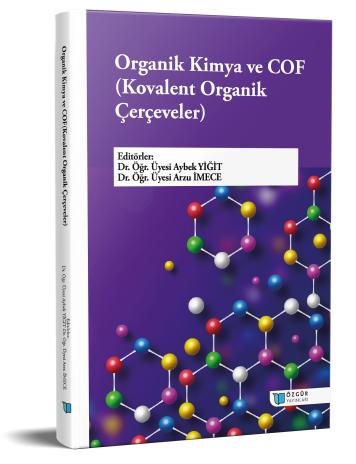
Use of Hyaluronic Acid in Cosmetics and Health
Chapter from the book:
Yiğit,
A.
&
İmece,
A.
(eds.)
2024.
Organic Chemistry and COF (Covalent Organic Framework) .
Synopsis
Hyaluronic acid (HA) is a glycosaminoglycan found naturally in the body and plays important roles in the skin, joints and connective tissues with its high water retention capacity. First discovered in 1934, this molecule is widely used in both cosmetic and medical applications thanks to its chemical structure and biological properties. The moisturizing effect and viscoelastic structure of hyaluronic acid reduces the signs of aging by increasing the elasticity of the skin, while at the same time increasing mobility by providing lubrication in the joints. HA, which moisturizes the skin in cosmetic products and reduces the appearance of treatments, is frequently preferred as a filler in dermatological and aesthetics. In healthcare, hyaluronic acid has versatile uses such as alleviating the pain of osteoarthritis treatment, protecting tissues during eye surgery and accelerating wound healing. In addition, in the field of tissue engineering and regenerative medicine, it is used in artificial organ and tissue scaffolds with its biocompatible and biodegradable properties. Low, medium and high levels of common HA forms adapt to various applications with different biological effects. Thanks to innovative formulations and cross-linking techniques, the effect of HA becomes longer lasting and safer. In the future, research on hyaluronic acid will enable the development of more effective and sustainable applications with genetic engineering and nanotechnology. While biotechnological HA production is becoming widespread with environmentally friendly production methods, the features of more targeted therapies with personalized treatment and cosmetic solutions are available. HA maintains its density as an indispensable biopolymer in cosmetics and healthcare with its versatile potential and unique biological properties.

